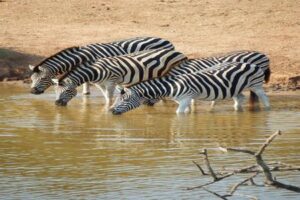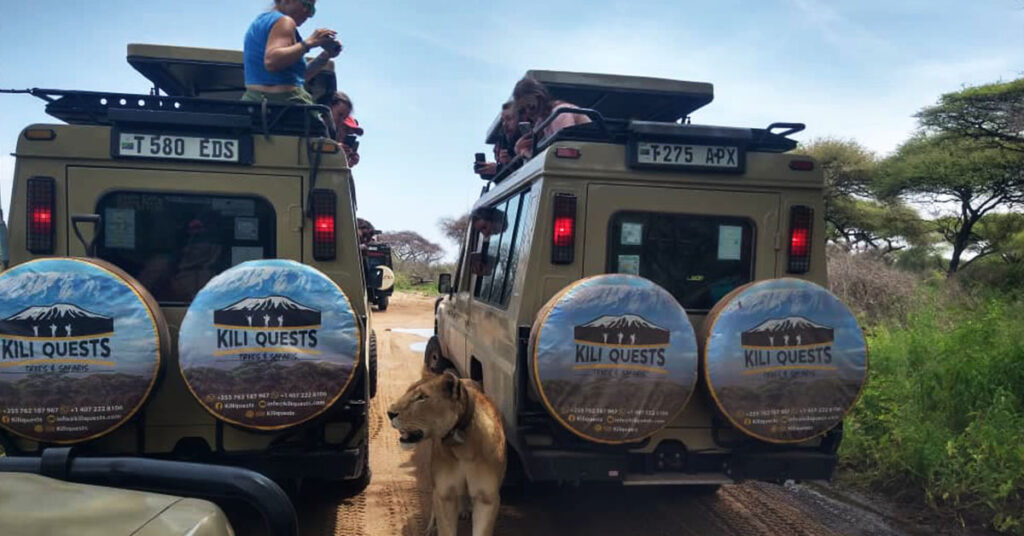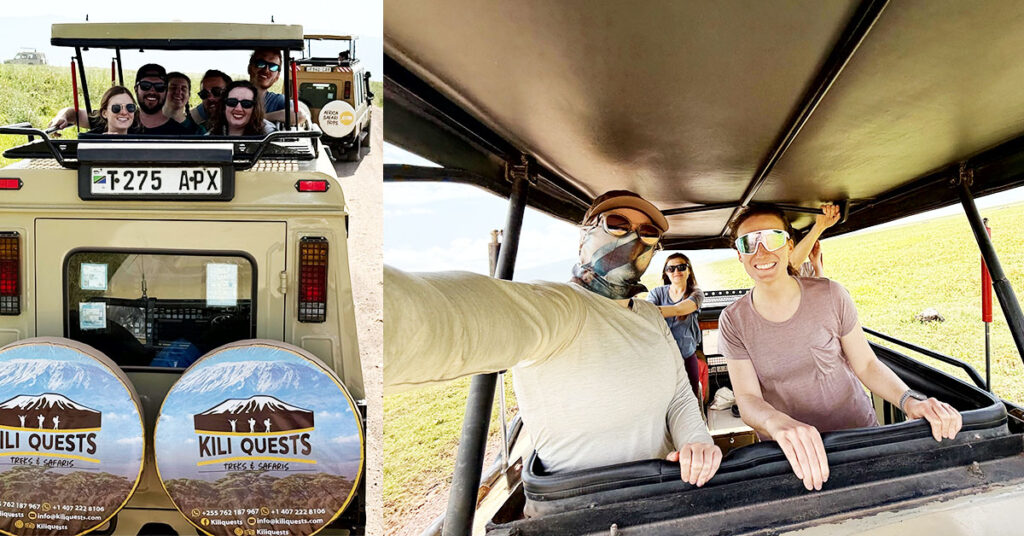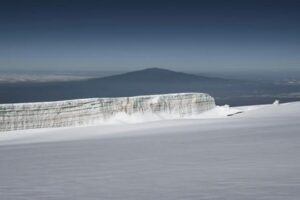
Best Safari Adventures in Tanzania: 2025 Guide
Table of Contents Embark on an Unforgettable Safari with Kili Quests: Book Your Dream Adventure Today Ready to experience the wild beauty of Tanzania’s

Things to Consider:

When Should You Go?
Kili Quests customizes safaris year-round, so no matter your timing, we’ll help you make the most of it.

Table of Contents Embark on an Unforgettable Safari with Kili Quests: Book Your Dream Adventure Today Ready to experience the wild beauty of Tanzania’s

Table of Contents What You Need to Know About Tanzania: Mountain Weather and Climate | Kili Quests Tanzania is a land of contrasts —

Table of Contents 10 Tips for an Unforgettable Safari with Kili Quests | Tanzania Travel Guide A Tanzania safari is more than just a
@2025 Kili Quests. All rights reserved.